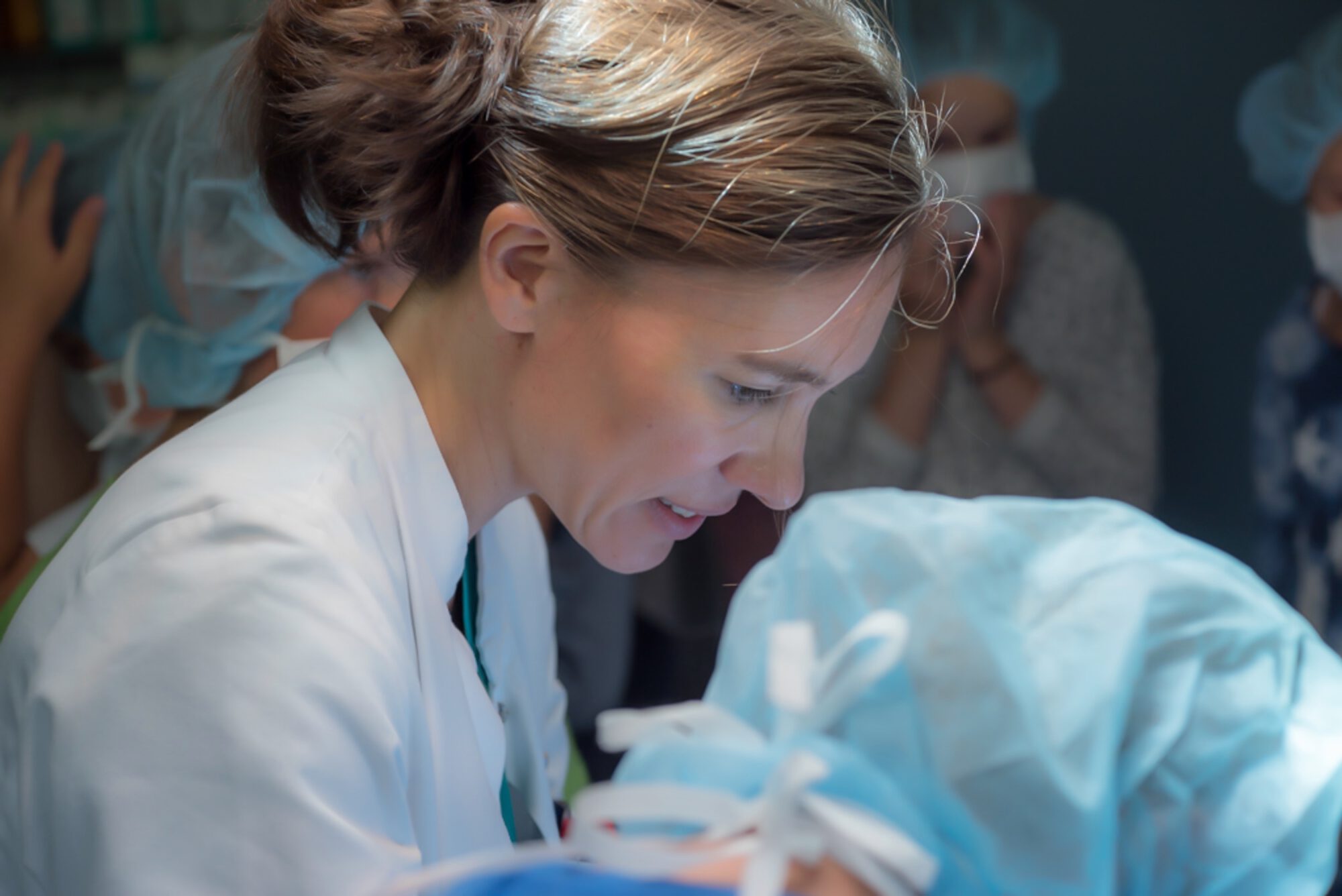Venous malformations (VM) involve the venous vascular system. In this congenital malformation, the affected vein walls are not formed normally. As a result, the veins are usually dilated and flabby. Therefore, these vessels do not function like healthy veins. This phenomenon can also develop very slowly and therefore venous malformations sometimes become visible or noticeable only after several years. Then they appear as an unclear, soft swelling. If the localization is deeper in the body, for example in the muscles, then the first symptoms are pain on exertion of the affected arm or leg. In the head and neck area, a venous malformation can lead to significant restriction of some functions. Typical for venous malformations is an increase in size with head-down posture or pressing.
Again, sclerotherapy is used as for lymphatic malformations. Sometimes puncture can be made directly through the skin and the sclerosing agent injected. Often this procedure is used in combination with surgery. By combining it with sclerotherapy, one can reduce blood loss during surgery and more easily delineate the affected tissue. In addition, laser therapy can also be a helpful mainstay for venous malformations. Using an Nd:YAG laser, one can deliver the laser fiber into the venous malformation and produce a similar response to sclerotherapy. Color changes on the surface of the skin can be improved very well with a dye laser.

